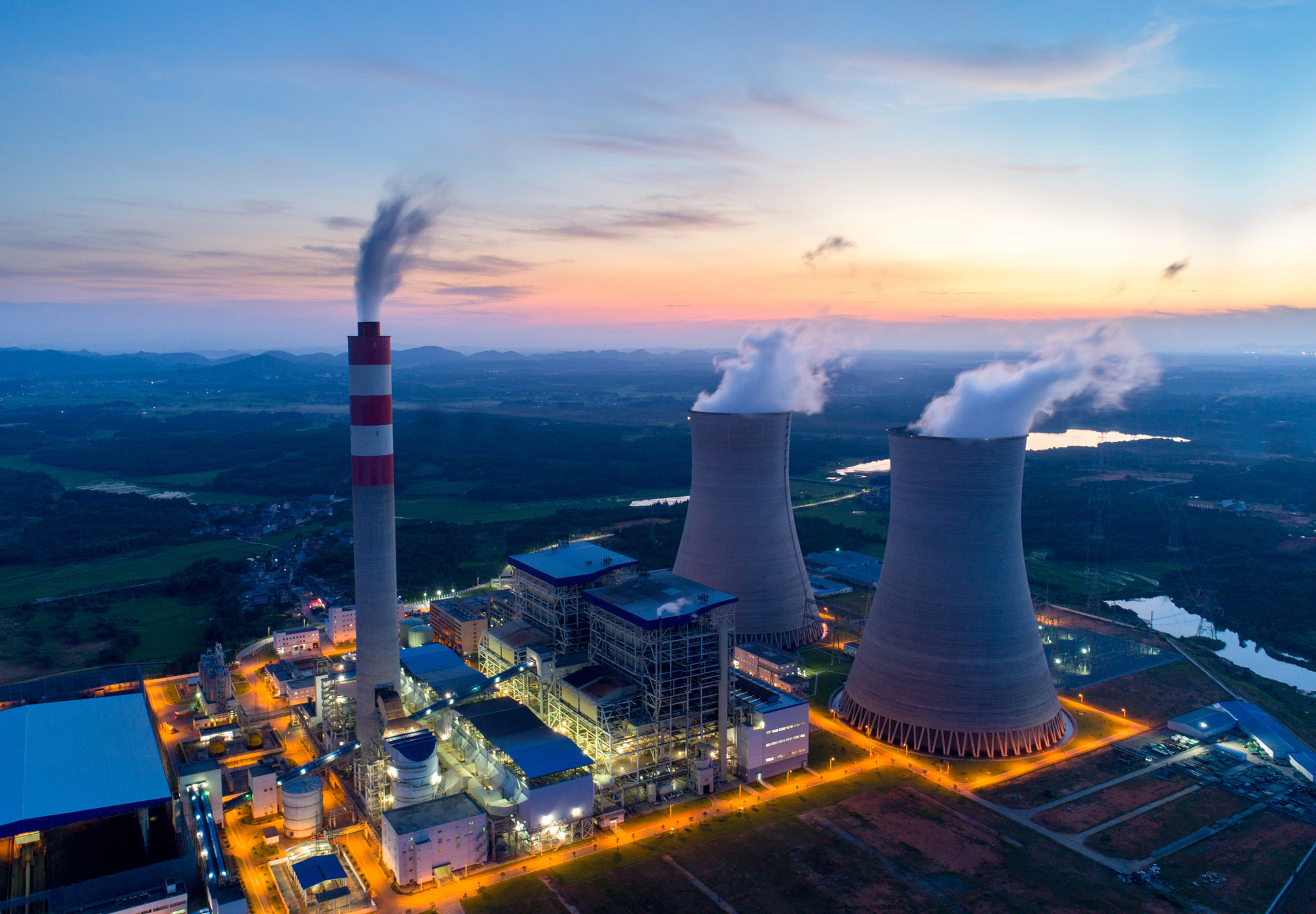
Breaking down natural gases: CNG, LPG and LNG
Natural gas is the fastest growing fossil fuel of the past decade and is becoming an increasingly popular alternative to diesel and gasoline. Natural gas occurs naturally, deep below the Earth’s surface, due to the decomposition of plants and animals over millions of years. Over this time, the high pressure and heat change these materials into petroleum oil and natural gas. Varying methods of extraction and purification then turns these raw materials into different types of fuel with many common uses.
Like all fossil fuels, natural gases are unfortunately non-renewable, with supply estimated to run out in about 50 years. However, natural gas is far greener than its petroleum counterpart, making it a more favorable option in terms of environmental friendliness. Natural gas can be stored and used in different states, but each type burns cleanly and emits less than half the amount of greenhouse gases as regular oil or coal.
What are the different types of natural gases?
Today, most OEMs, construction and agricultural equipment manufacturers have adapted to include options that run on natural gas. This is great news for fleets looking to cut down on GHGs who don’t yet have electric vehicle options available. The varieties of natural gas are the result of different purification processes, and are commonly referred to as CNG, LPG or LNG.
CNG
Compressed natural gas, or CNG, is the most commonly used natural gas. It is produced by compressing natural gas to less than 1 percent of its original volume and it is made up of methane, nitrogen, carbon dioxide and propane. This gaseous product is odorless and non-toxic, making it a clean fuel that emits far less GHGs when combusted when compared to other common fuels. For this reason, it is often marketed as the greener alternative fuel.
While CNG can definitely be used in light- to heavy-duty applications, it must be used in CNG dedicated vehicles or equipment. Regular vehicles can also be professionally converted to be CNG compatible. A major benefit to this is the savings from shifting away from gas or diesel, as CNG can cost as little as half the price per gallon. Additionally, with 98 percent of natural gas in the US coming right from North America, CNG prices will stay relatively stable compared to commonly imported fuels.
CNG vehicles do come with their challenges, however. CNG vehicles are not as fuel efficient as traditional gas vehicles, meaning drivers will have to stop more often to fuel up. On the same note, finding a station with CNG can be a challenge in itself. Though CNG is commonly used in homes for heating and appliances, the majority of fueling stations for vehicles are in New York and California. This makes it less practical for drivers in other states to consider CNG as an alternative fuel for their vehicle.
LPG
Liquefied petroleum gas, LPG, is commonly known as propane or butane. It is a liquefied gas and byproduct of extracting and refining crude oil. When natural gas is extracted, 90 percent of the recovered hydrocarbon is natural gas while the resulting 10 percent is LPG. Alternately, LPG can be produced through the refinement process of crude oil. LPG makes up 3 percent of a barrel of crude oil and is removed from the hydrocarbon when refined.
LPG is odorless, highly flammable and can be converted to a liquid state with only slight pressure or refrigeration. One cubic meter of LPG can be converted into 274 cubic meters of LPG in its gaseous state, making its liquid state preferable for storage and transport. Most commonly, LPG is used for heating and cooking at home, especially for outdoor grills. LPG is not typically a fuel source for cars in the US, though it is more common across Europe. Due to its easy storage in tanks, however, LPG is commonly used as a fuel source in remote areas where access to other fuels is scarce.
LNG
Liquefied natural gas is the result of liquefying and cooling natural gas. Like CNG and LPG, LNG is nearly all methane, with other elements including nitrogen, ethane and carbon dioxide. In the process of making LNG, natural gas is cooled until it turns liquid. At this point elements such as water, hydrocarbons, carbon dioxide and mercury become frozen and must be extracted. The result is a liquid gas 600 times reduced from its previous form.
LNG’s high density means that one cubic meter of LNG can produce 600 cubic meters of natural gas once returned to a gaseous state. LNG’s energy density is also more than three times greater than that of CNG’s. Ultimately, its smaller volume makes LNG much more cost-effective to store and transport across long distances where direct pipelines are not a viable option. Once at its destination and returned to natural gas, LNG can serve all the same functions as CNG or LPG.
The present and future of natural gas
As we head toward the inevitable depletion of natural gas supply, it will become trickier to depend on natural gas as a solution for a low-carbon future. Currently, more than half of homes in the US depend on natural gas. Fuel stoves, heaters, clothing dryers and other appliances in the home often use natural gas. It is also used for heating, cooking and air conditioning in buildings like schools, hospitals, offices, and restaurants.
Natural gas is also essential in the industrial sector, serving as a fuel source and key material for countless products. Natural gas fuels the production of everyday materials like paper, metal, glass, petroleum and clay. Additionally, it is used in the manufacturing of products like paint, plastic, fertilizer and different medicines.
In the ongoing quest to decarbonize transport, natural gas is slowly gaining popularity for fueling vehicles. As the natural gases above have high energy density, more vehicle fleets are moving toward natural gas for its energy efficiency, sustainability factor and lower fuel costs. It’s also especially useful in heavy-duty vehicles where EV options are not yet available. Unfortunately, making a major switch to natural gas can only be a temporary solution. While natural gas offers fleets many benefits in the short term, managers seeking to convert their vehicles should consider long term plans as well.
If you’re interested in finding out about other sustainability solutions for your fleet,
schedule a demo with a member of our analytics team today.

Priscilla Valdez
Content Specialist
Priscilla Valdez is a content specialist at Utilimarc. She enjoys storytelling and sharing industry insights through writing that is compelling and dynamic. See more from Priscilla


